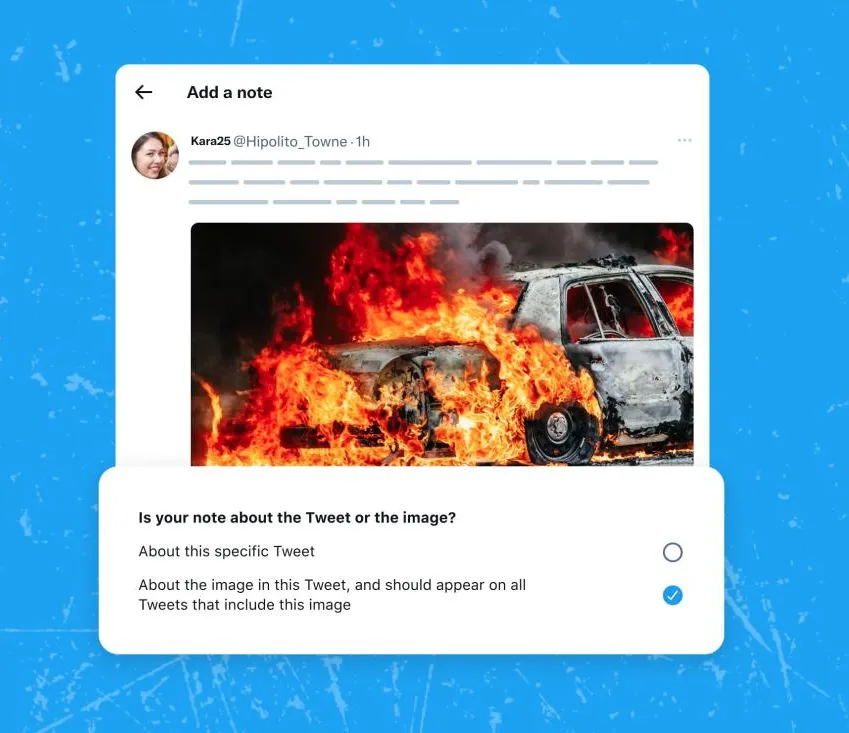Twitter started testing community feedback on misleading images
As AI-generated images and videos become more visible on Twitter, the company is testing a new feature that could make it easier for people to identify potentially “misleading” media. The company is experimenting with community notes for the media, which checks information collected from the public against specific photos and videos.
This feature allows community note writers with high enough ratings to annotate images shared in Tweets. Like annotations in tweets, stickers can add “context” to images, such as indicating whether an image was created with synthetic artificial intelligence or otherwise manipulated.
From AI-generated images to manipulated videos, it’s common to come across misleading media. Today we’re piloting a feature that puts a superpower into contributors’ hands: Notes on Media
Notes attached to an image will automatically appear on recent & future matching images. pic.twitter.com/89mxYU2Kir
— Community Notes (@CommunityNotes) May 30, 2023
The feature could also prevent such images from going viral. According to Twitter, the goal is for notes to automatically appear in “recent and future” versions of the same image, even if different users have shared it in new tweets. However, Twitter notes that it will take some time to match the image. “Currently, the goal is to err on the side of accuracy when matching images, which means it’s unlikely to match every image that appears to match yours,” the company shared. “We’re fine-tuning this to expand coverage while avoiding false positives.”
It should also be noted that Community Notes’ track record is far from perfect. While the feature can sometimes lead to rigorous fact-checking or debunking of false claims, the Community Note contributors themselves noted that the feature “is not impervious to error or perpetuates common misconceptions.”
Currently, Twitter is only testing media annotations for tweets with a single image, but the company says it plans to expand the feature to tweets with multiple images and videos in the future. Twitter isn’t the only platform struggling with generations and the rise of artificial intelligence and the spread of disinformation. Google has also recently introduced features that allow users to track an image’s search history, which can help searchers know whether an image is fake or not.




